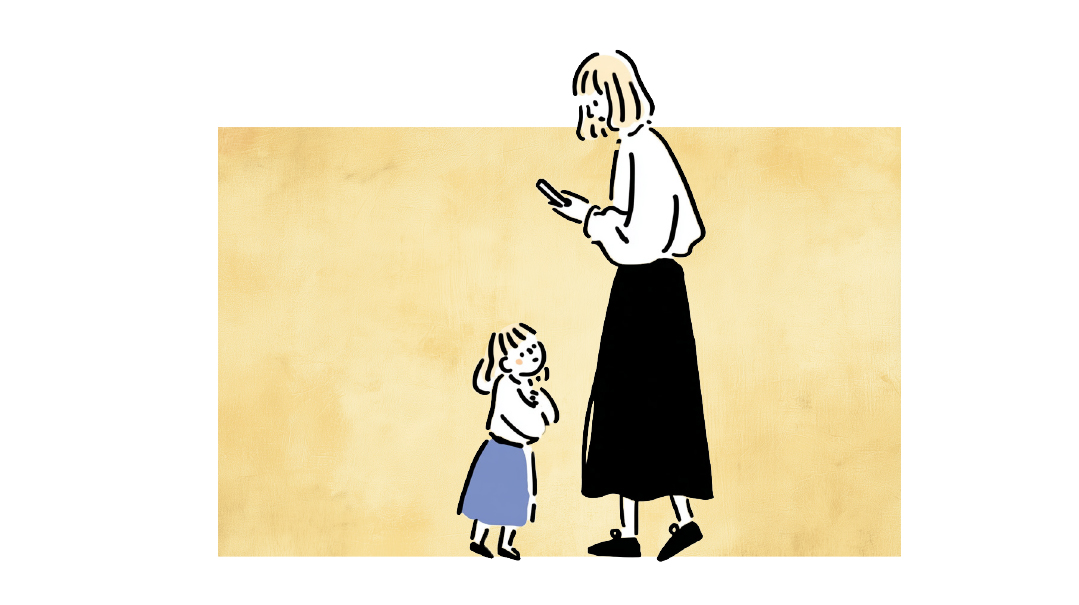The Power of Warmth


Kids need affection to thrive
D vora a put-together 45-year-old should be a very self-confident woman: she’s a successful entrepreneur a beloved wife and mother an active member of her community. Yet inside she’s still a frail insecure approval-seeking child.
“It doesn’t matter what I do or accomplish ” she explains “I can never feel good about myself. I think my mother has a lot to do with it.”
Tears roll down her cheeks as she continues “She was very practical. She felt her job was to teach us kids right from wrong and she did a good job of that. But she wasn’t warm or affectionate. I never felt loved or cherished. I think this is why I’m so desperate to prove myself all the time.”
Although Dvora is now a middle-aged woman her childhood pain is fresh; just remembering the past is enough to awaken a flood of tears and an ache in her heart. Moreover the feeling of being unseen and uncared for is as alive now as it was all those decades ago — time has been unsuccessful at healing her wound.
Dvora limps along in life hiding her fragility as best she can. She’s very good at putting on a show; no one would suspect the depth of her insecurity. What was it about her mother’s down-to-business parenting style that caused such enduring harm?
How Parental Warmth Works
Parental warmth is a necessary ingredient for healthy parenting. Warmth conveys feelings of attachment endearment love approval and other affirming messages. These nurture a strong positive sense of self. Through warmth the parent communicates “I enjoy your company ” “I like you ” “I value you ” and the child translates these concepts into “I am valuable good and loved.”
In other words parental warmth leads directly to a positive feeling about oneself often referred to as “high self-esteem.” Lack of parental warmth means a lack of affirming messages and a corresponding lack of internalized positive self-assessment.
Rejecting parents (those who routinely convey dislike and disapproval through frequent criticism displays of anger insults and other forms of negativity) both lower self-esteem due to insufficient warmth and also tend to induce self-hatred as the child internalizes the intense messages of rejection.
Tips on Conveying Warmth
Telling kids that it’s time to get up do their homework or go to bed may or may not convey warmth. Instructions offered in a serious no-nonsense tone of voice are cold. The same words with a few “affectionizers” added can become warm. “Okay sweetums no more fooling around now — it’s time for pajamas.” Tone of voice can be warmed up (a sweet soft sound being far warmer than a bark or roar).
But warmth is most often conveyed in between instructions rather than during them. Chatting in a friendly fashion during a meal conveys warmth. Rubbing someone’s back or patting a shoulder conveys warmth. Smiling laughing and joking communicate generous doses of warmth.
Too Much Stress
As simple as these interventions are they can be difficult for parents to access. Parents are after all only human. They see their kids primarily at hectic times — during the rushed morning when everyone is scrambling to get out the door and during the evening when everyone is tired and irritable. Parents often feel that “conducting traffic” is the order of the day and they do it under conditions of stress and pressure.
“I’m exhausted after a full day of work. When I come home it’s one demand after the other. I keep issuing orders — counting the minutes until they’ll all be sleeping. I feel like I’m missing my children’s childhood but I just can’t settle down and relax. I’m too stressed to enjoy them.”
“I find it hard to be warm when my kids barely listen. Everything is a struggle I have no patience I hate doing homework with them or putting them to bed. I just find the whole thing very taxing.”
It’s far easier to be warm and loving when one is relaxed. Parents who feel pressured by a barrage of personal communal and business obligations deadlines piles of dishes and lunches waiting to be made can’t sit still long enough to warm up their communications. Anything that can be done to lighten their loads will help parents access the softer slower words and loving actions.
Even more important is simply recognizing how much kids need warmth and then finding a way to squeeze it into the moments and tasks of the day. (Originally featured in Family First Issue 549)
Oops! We could not locate your form.




